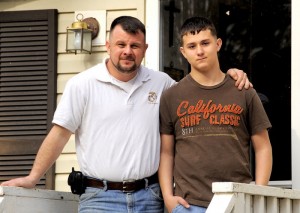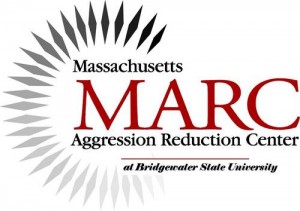The U.S. Supreme Court has turned down a case involving application of a school district’s zero-tolerance policy regarding weapons to a student who shot spit wads in class. With its decision, the six-month school expulsion stands since the student has no further recourse.
In 2010, Andrew Mikel was a freshman at Spotsylvania High School in Pennsylvania. During lunch one day, he made the unfortunate choice to shoot small plastic pellets from the broken tube of a ball point pen at three students during the break. While the victims in the incident did report that the pellets left red marks, no one was injured by Andrew’s actions.
At first, Andrew was given a 10-day suspension, but the school board later voted to extend the suspension citing the district’s zero-tolerance policy for weapons policy which states that students who use a weapon to threaten, intimidate, or injure another student are subject to expulsion for a 365 period absent extenuating circumstances. Their actions did not stop even there though. The district referred the incident to the criminal courts where the honor student was accused of assault. Andrew was required by the court to attend a diversion program and took anger management classes and substance abuse classes.
In all this, the fact that the student was an honor student who wrote letters of apology to each of the victims and also offered restitution to the families in the form of raking leaves at their homes seems to have never been taken into consideration.
The lower court, despite upholding the school board’s decision, noted in its holding the absurdity that Andrew could be expelled for shooting spit wads, but if he had instead simply walked up and punched a student in the face, the maximum punishment would be a 10-day suspension.
It is a shame that the court declined to take up the case. This is another example of how zero-tolerance policies are being used in ways that make zero sense and children’s lives are being harmed in the process.
In this case, Andrew, an honor student, was preparing himself to gain entrance into the U.S. Naval Academy at Annapolis. Now, due to the criminal charges and his expulsion, that dream is shattered. He has been informed that based on this incident and the ensuing disciplinary actions, it is virtually impossible for him to pursue his dream. Due to this, he has now decided to try to get into the Virginia Military Institute instead.
If schools are going to continue to attempt school expulsions for disciplinary infractions of this sort, more court cases are sure to follow. While everyone wants schools to be safe, expelling this student in this case does nothing to advance that goal. The students were never in danger, nor was it even argued that the student intended to cause bodily injury to the other students.
While this student is out-of-luck, it can be hoped that the Court will take up such a case in the future and give guidance on the appropriate uses of zero-tolerance in school.
Mikel family discusses case (click to go to YouTube video)






